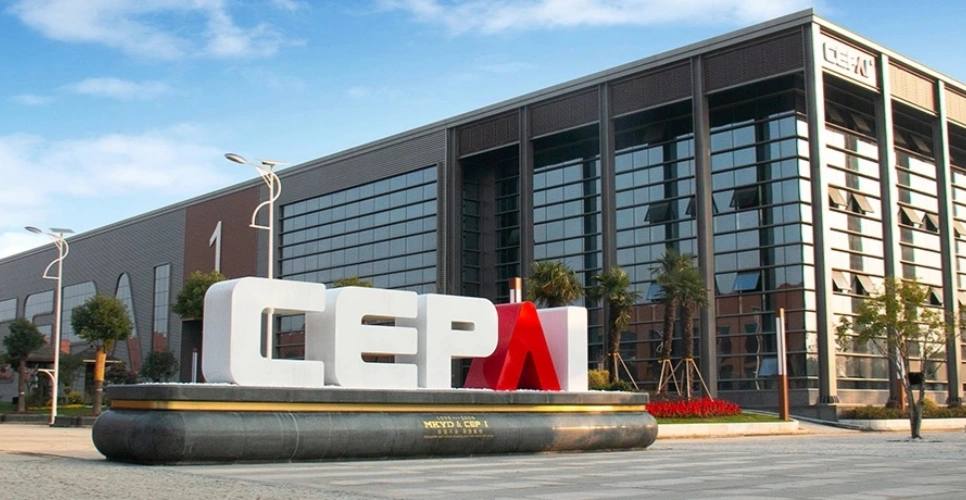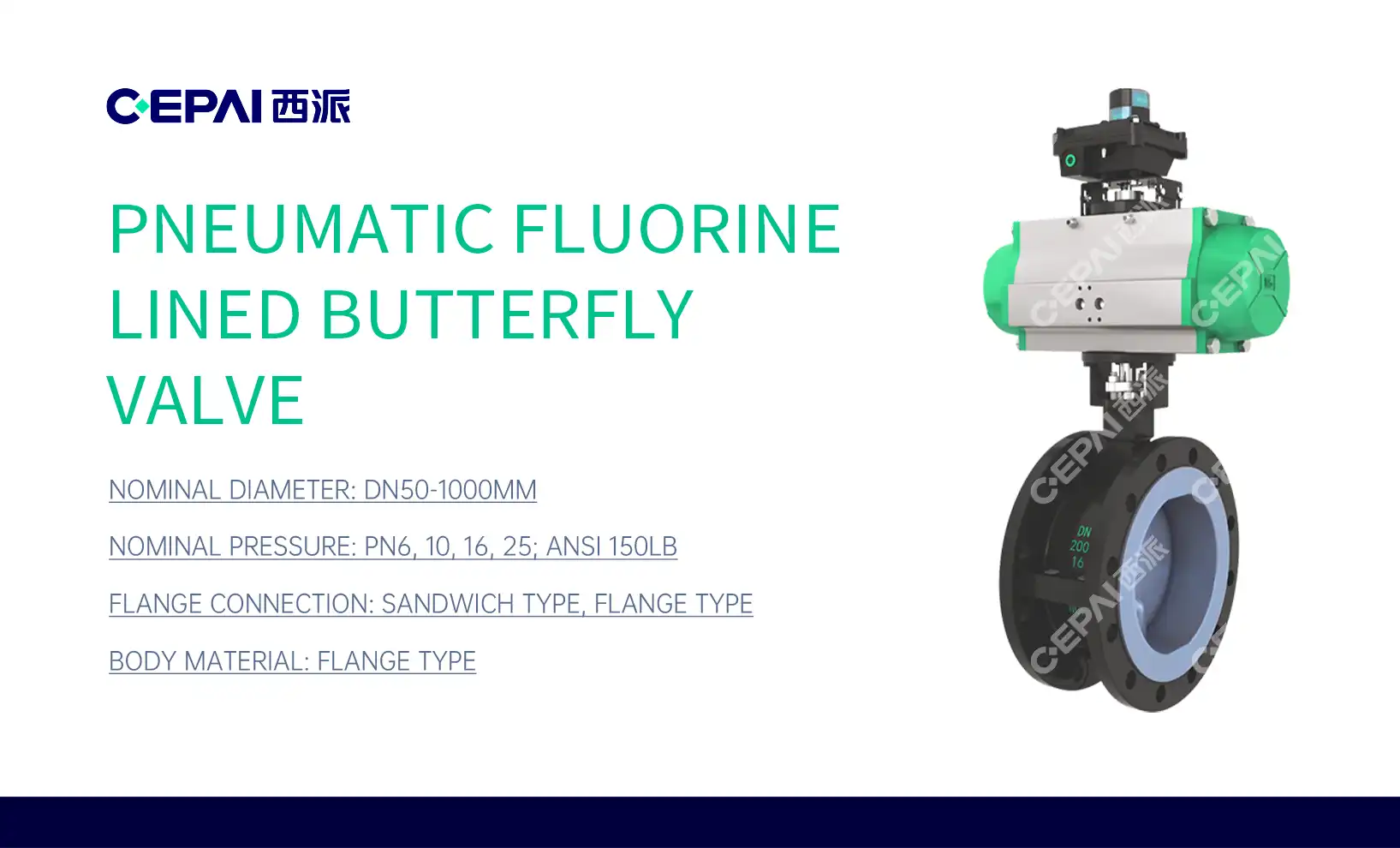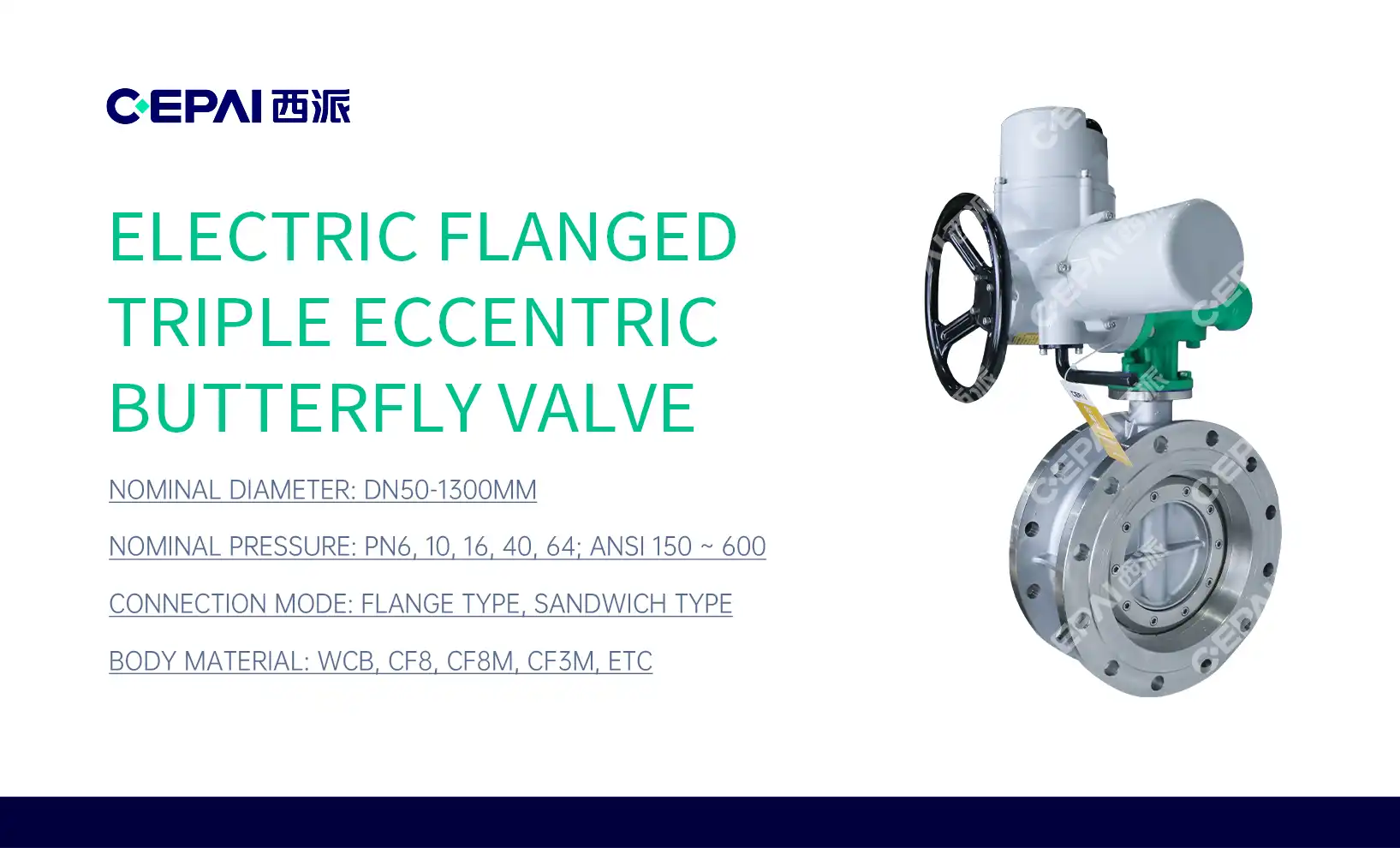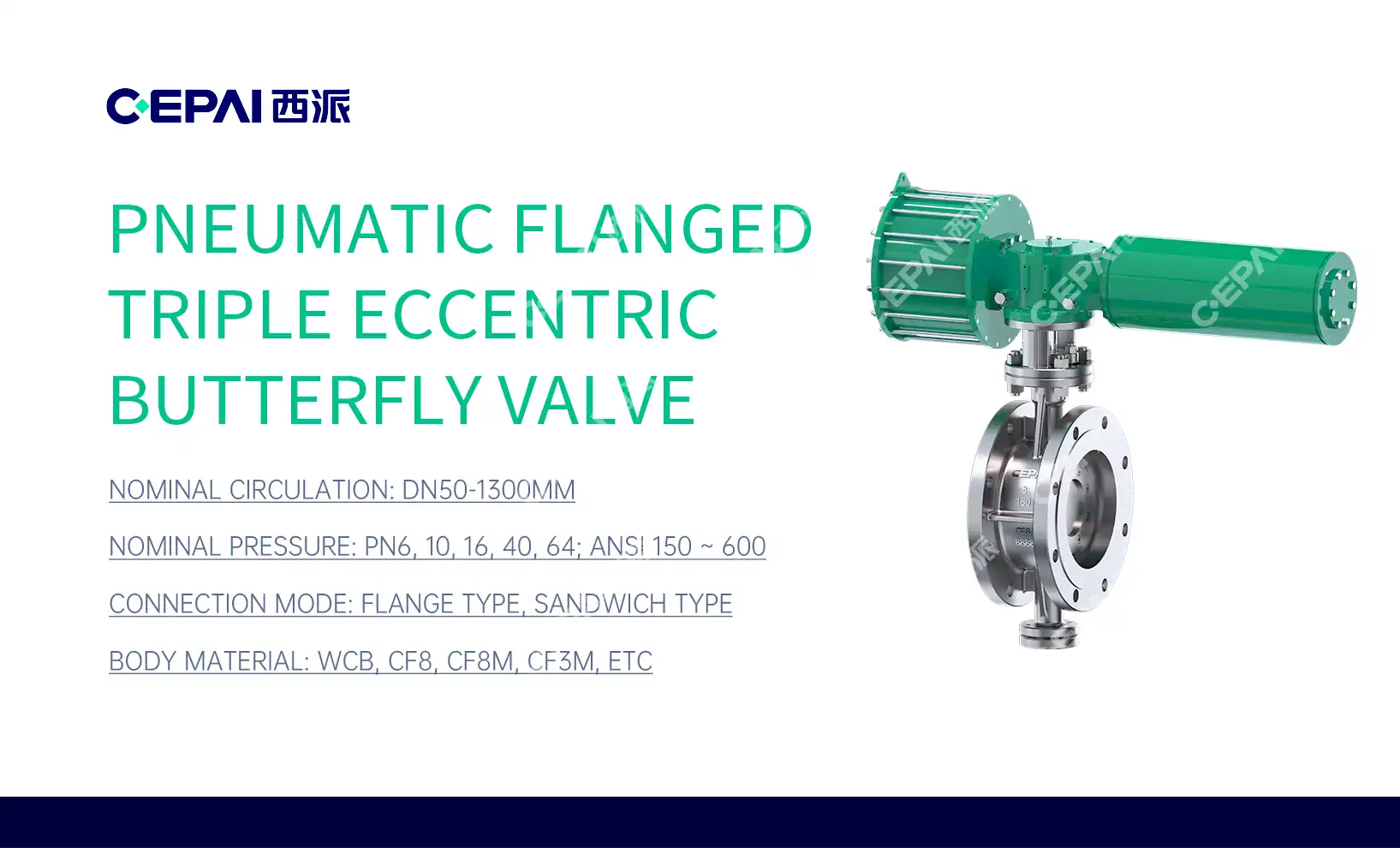Understanding Corrosive Environments and Their Impact on Valve Materials
Types of Corrosive Environments in Industrial Settings
Corrosive environments in industrial settings encompass a wide range of conditions that can severely impact valve materials. These environments may include acidic or alkaline solutions, oxidizing agents, and high-temperature processes. In the oil and gas industry, for instance, valves often encounter hydrogen sulfide, carbon dioxide, and chlorides. Chemical processing plants deal with various corrosive substances, from strong acids to caustic solutions. Marine applications expose valves to saltwater corrosion. Understanding these diverse corrosive conditions is crucial for selecting appropriate valve materials that can withstand specific challenges and maintain operational integrity.
Common Corrosion Mechanisms Affecting Valves
Valves in corrosive environments face several corrosion mechanisms that can compromise their functionality. Uniform corrosion occurs when the entire surface of the valve material deteriorates at a consistent rate. Pitting corrosion, on the other hand, creates localized areas of deep penetration, which can lead to sudden failures. Galvanic corrosion happens when dissimilar metals are in contact in the presence of an electrolyte. Stress corrosion cracking combines mechanical stress with a corrosive environment, resulting in cracks that propagate over time. Understanding these mechanisms helps in selecting materials that can resist specific types of corrosion and ensure long-term valve performance.
Importance of Material Selection in Corrosive Applications
Selecting the right valve material for corrosive applications is paramount to ensuring operational efficiency, safety, and cost-effectiveness. Proper material selection can significantly extend the service life of valves, reduce maintenance requirements, and prevent unexpected failures that could lead to costly downtime or environmental incidents. Moreover, choosing the appropriate material enhances the overall reliability of industrial processes, ensuring consistent performance even under harsh conditions. By investing in suitable valve materials, companies can optimize their operations, comply with safety regulations, and achieve long-term economic benefits in corrosive environments.
Key Factors to Consider When Choosing Valve Materials for Corrosive Environments
Chemical Compatibility and Corrosion Resistance
When selecting valve materials for corrosive environments, chemical compatibility and corrosion resistance are paramount considerations. Different materials exhibit varying levels of resistance to specific corrosive agents. For instance, austenitic stainless steels like 316L offer excellent resistance to many corrosive chemicals, while titanium alloys excel in highly oxidizing environments. It's crucial to analyze the specific corrosive media present in your application and match it with materials known to withstand those conditions. Corrosion resistance data, such as isocorrosion curves and compatibility charts, can provide valuable insights into material performance under different chemical exposures and temperatures.
Mechanical Properties and Operating Conditions
The mechanical properties of valve materials must align with the operating conditions in corrosive environments. Factors such as pressure, temperature, and cyclic loading can significantly impact material performance. High-strength alloys may be necessary for applications involving extreme pressures, while materials with good creep resistance are essential for high-temperature operations. The material's ability to maintain its mechanical integrity under corrosive conditions is crucial. For instance, some materials may exhibit excellent corrosion resistance but lack the necessary strength or toughness for certain applications. Balancing corrosion resistance with mechanical properties ensures optimal valve performance and longevity in challenging environments.
Cost Considerations and Long-term Performance
While initial material costs are important, it's essential to consider the long-term performance and total cost of ownership when selecting valve materials for corrosive environments. Higher-grade materials may have a higher upfront cost but can offer significant savings over time through extended service life, reduced maintenance, and fewer replacements. Conducting a lifecycle cost analysis that includes factors such as expected lifespan, maintenance requirements, and potential downtime costs can provide a more comprehensive view of material economics. Additionally, considering the potential consequences of valve failure, such as production losses or safety risks, further emphasizes the importance of investing in appropriate materials for corrosive applications.
Evaluating Common Valve Materials for Corrosive Environments
Stainless Steel Alloys: Grades and Applications
Stainless steel alloys are widely used in valve applications for corrosive environments due to their excellent combination of corrosion resistance and mechanical properties. Austenitic grades like 316 and 316L offer good resistance to many chemicals and are suitable for a wide range of corrosive media. For more severe conditions, higher-alloyed grades such as 254 SMO or 6% Molybdenum stainless steels provide enhanced corrosion resistance. Duplex and super duplex stainless steels, like 2205 and 2507, offer a balance of high strength and corrosion resistance, making them ideal for demanding applications in the oil and gas industry. When selecting stainless steel grades, it's crucial to consider factors such as chloride content, temperature, and the presence of reducing or oxidizing agents in the corrosive environment.
Nickel Alloys: Versatility in Extreme Environments
Nickel alloys offer exceptional corrosion resistance in some of the most challenging industrial environments. Alloys like Hastelloy C-276 and Inconel 625 provide outstanding resistance to a wide range of corrosive media, including hot acids, chlorides, and oxidizing environments. These materials are particularly valuable in applications involving high temperatures and pressures, such as in chemical processing and offshore oil and gas production. Nickel alloys also maintain their mechanical properties at elevated temperatures, making them suitable for high-temperature corrosive services. While nickel alloys come at a higher cost compared to stainless steels, their superior performance in extreme conditions can justify the investment in critical applications where reliability is paramount.

Titanium and Other Specialized Materials
Titanium and its alloys offer unparalleled corrosion resistance in certain environments, particularly in the presence of oxidizing acids and chlorides. Pure titanium (Grade 2) and alloys like Grade 5 (Ti-6Al-4V) are extensively used in seawater applications and chemical processing industries. Titanium's exceptional strength-to-weight ratio and biocompatibility also make it valuable in specialized fields like aerospace and medical applications. Other specialized materials for corrosive environments include zirconium, which excels in hot acids, and tantalum, known for its resistance to almost all chemicals at temperatures below its melting point. These materials, while often more expensive, can provide unique solutions for extremely aggressive corrosive environments where conventional materials fail.
Conclusion
In conclusion, selecting the best valve material for corrosive environments requires a comprehensive approach that considers the specific corrosive conditions, mechanical requirements, and long-term performance expectations. By carefully evaluating factors such as chemical compatibility, mechanical properties, and lifecycle costs, engineers can choose materials that ensure reliable valve operation in even the most challenging industrial settings. Stainless steel alloys, nickel-based materials, and specialized options like titanium each offer unique advantages for different corrosive applications. Ultimately, the right material selection can significantly enhance equipment longevity, reduce maintenance costs, and improve overall process efficiency in corrosive environments.
FAQs
1. What are the most common valve materials used in corrosive environments?
The most common valve materials for corrosive environments include stainless steel alloys (e.g., 316L, 254 SMO), nickel alloys (e.g., Hastelloy, Inconel), and titanium. The choice depends on the specific corrosive conditions and operational requirements.
2. How often should valves in corrosive environments be inspected?
The inspection frequency depends on the severity of the corrosive environment and the criticality of the application. Generally, it's recommended to conduct visual inspections at least annually and perform more thorough examinations based on industry standards and operational experience.
3. Can coatings improve valve performance in corrosive environments?
Yes, specialized coatings can enhance corrosion resistance and extend valve life in certain corrosive environments. However, the effectiveness of coatings depends on factors such as the base material, application method, and specific corrosive conditions.
Expert Valve Solutions for Corrosive Environments | CEPAI
CEPAI Group Co., Ltd. specializes in providing cutting-edge valve solutions for corrosive environments across various industries. Our state-of-the-art manufacturing facilities, including the longest high-precision intelligent manufacturing flexible production line in the Asia Pacific region, ensure top-quality products tailored to your specific needs. As a leading valve supplier, we offer expert guidance in selecting the best materials for your corrosive applications. Contact our team at cepai@cepai.com to discuss how our advanced valve technology can enhance your operations and provide long-lasting performance in challenging corrosive environments.

References
Smith, J.R. (2021). "Corrosion-Resistant Materials for Industrial Valves," Journal of Material Science and Engineering, 45(3), 278-295.
Johnson, A.B. & Brown, C.D. (2020). "Selection Criteria for Valve Materials in Aggressive Chemical Environments," Chemical Engineering Progress, 116(8), 52-61.
Thompson, R.L. (2019). "Performance of Nickel Alloys in Extreme Corrosive Conditions," Corrosion Science and Technology, 54(6), 512-528.
Garcia, M.E. et al. (2022). "Comparative Study of Stainless Steel Grades for Valve Applications in Offshore Oil and Gas," Materials and Corrosion, 73(2), 189-204.
Wilson, K.P. (2020). "Advanced Titanium Alloys for Corrosion-Resistant Valve Design," Industrial & Engineering Chemistry Research, 59(15), 7021-7035.
Lee, S.H. & Park, J.Y. (2021). "Lifecycle Cost Analysis of Valve Materials in Corrosive Process Industries," Journal of Loss Prevention in the Process Industries, 70, 104380.

_1746598525968.webp)



